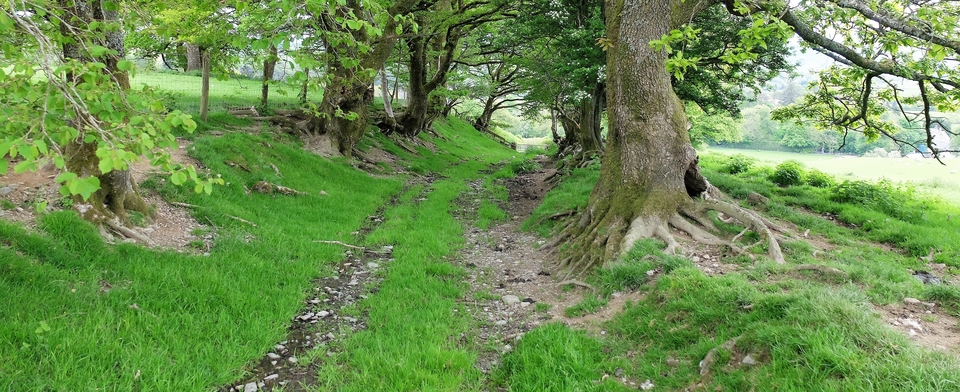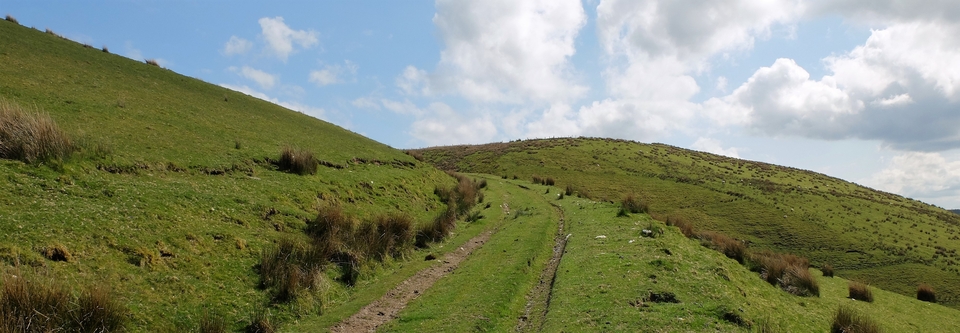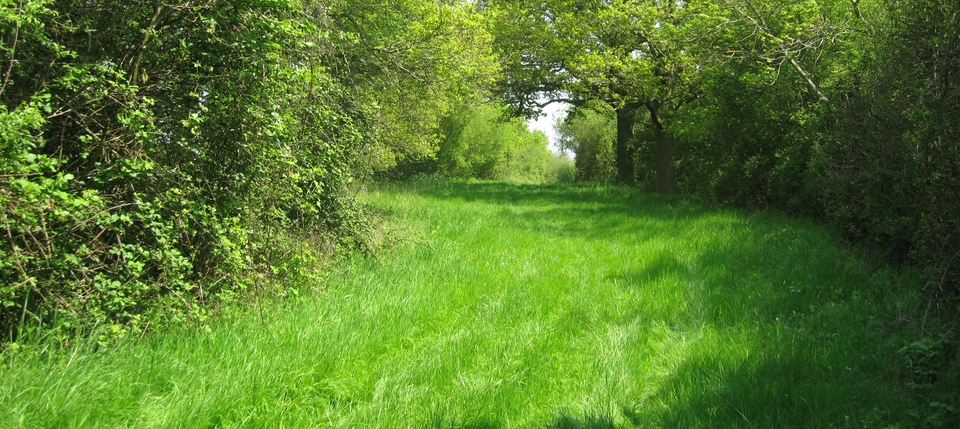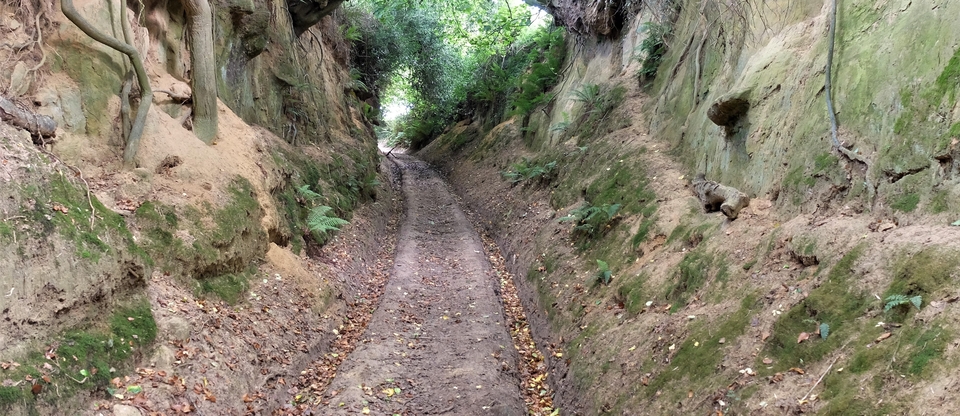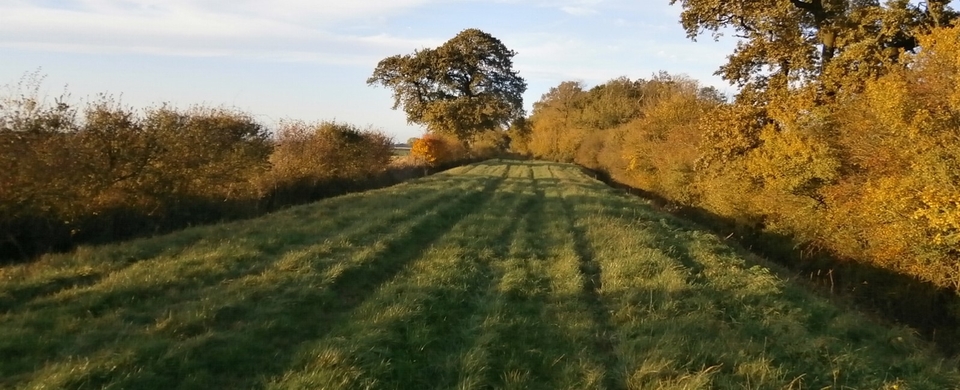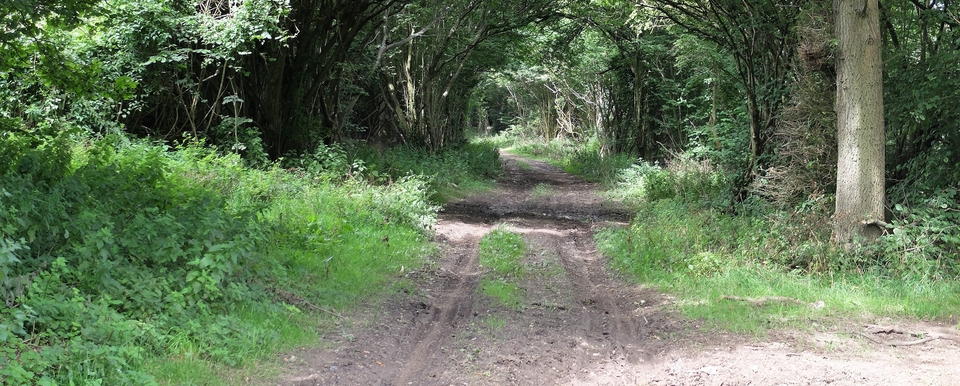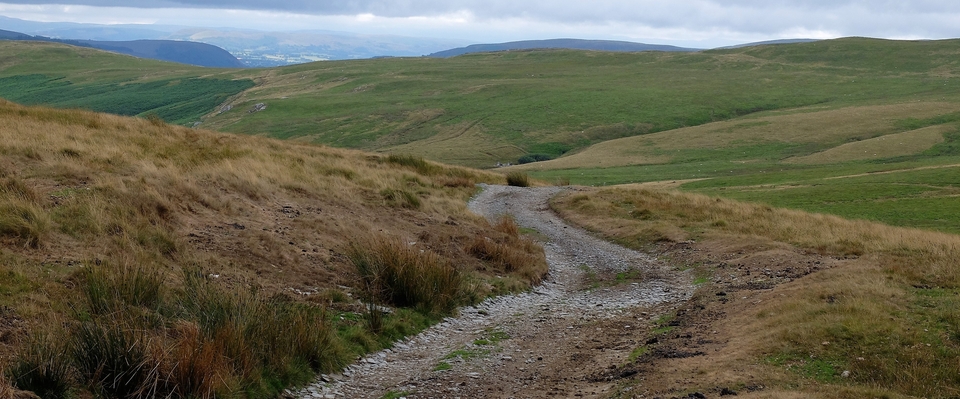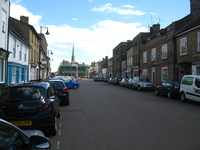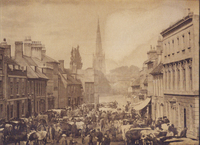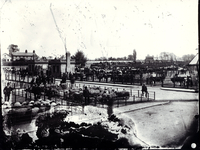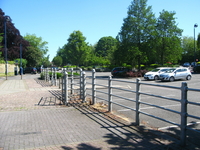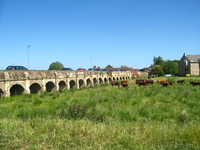St Ives
ST. IVES (Cambs.1)
St Ives, once called “Slepe by the Ouse” – pronounced ‘Sleepy', I hope – is 6 miles from the Great North Road between Huntingdon & Cambridge. It owes its existence entirely to a livestock fair which was, in the 12th century, one of the four busiest in the country2. (But I've read the “Second only to Smithfield” boast once too often...)
Its position was key: from Scotland & the North, from Ireland, from Wales even, beasts were brought to graze in the pastures around Huntingdon (whose market slowly withered before its rival). Also, animals unsold at St Faith's Fair outside Norwich were at the twice-yearly fair in May & October, set up for “cattle, sheep and general pleasure” in the streets and on Market Hill.
In 1312 a weekly livestock market started in The Broadway (#1,2). It was on a Monday3, so drovers put their beasts in paddocks and stayed in the town over the weekend: the 1851 census shows fifteen of them in various inns.
The age of steam, which got under way in the 1840's, had two effects: it dried up the valuable Scottish trade, which now used rail, or steamship down the East Coast; but at the same time it opened up the Irish trade. Cattle could be landed in Bristol from Rosslare and make their way across the South Midlands to Banbury, Northampton and – St Ives. 12 thousand Irish cattle a week!4
There were plenty of complaints: windows smashed by beasts out of control and the poor quality of the stock. Above all, there were accusations of gross cruelty in the local papers. The market also had a filthy reputation – by which I mean it was filthy: walking down the street was ‘nauseating' and trying to cross The Broadway was ‘taking one's life into one's hands'. Moreover, many Irish drovers had set up their own unofficial, cleaner, market south of the Ouse, which caused toll-revenue to drop. Something had to be done...
In 1884, it was. The Council bought the old market area and relocated the pens near the railway station5. It now covered 4 acres, had pens for 2,500 cattle & 3,500 sheep, plus a water supply for cleaning up after the sales. It was known as “The best appointed market in England”...(#3,4)
...then, in the 1890's, the Irish deserted St Ives for Cambridge. Back to Sleepy. (I'm now certain that's the pronunciation.)
St Ives has a splendid array of buildings, many in the Dutch style; a 55-arch medieval causeway (#5) & bridge across the Ouse with a chapel & tollhouse in the middle; the Norris Museum, who kindly provided some of the pictures on this page; and some great pubs. I thoroughly recommend a visit.
1 Formerly Huntingdonshire.
2 The others were Boston, Winchester and Northampton.
3 Defoe wrote of St Ives in 1726: a town on the River Ouse where there is... a very great number of fat cattle every Monday...
4 Unfortunately they also brought foot & mouth disease, previously unknown in England & Wales.
5 Now the bus station. The railway is defunct.
